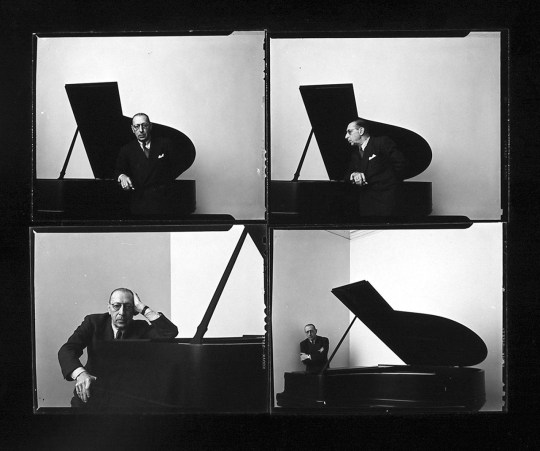#Igor Stravinsky
Text

The Rite of Spring : Glorification of the Chosen One
#hesperosaurus#allosaurus#stegosaurid#theropod#rite of spring#fantasia#disney fantasia#stravinsky#igor stravinsky#classical music#dinosaur#dino art#paleoart#paleoartist#paleoblr#paleontology#pimsriart#pimsriart2024#art
1K notes
·
View notes
Text
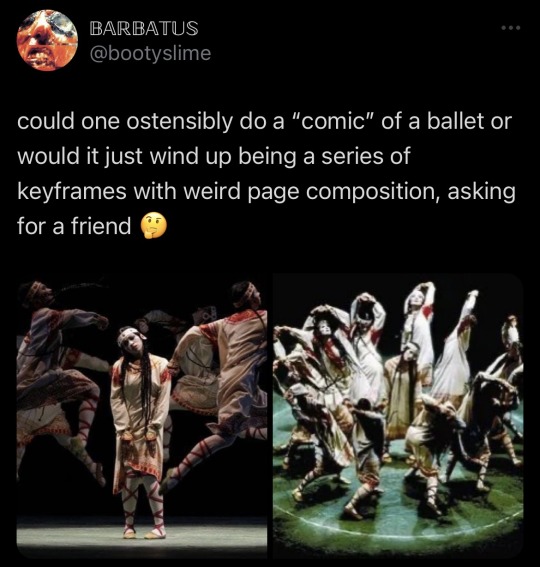
much to consider


112 notes
·
View notes
Text
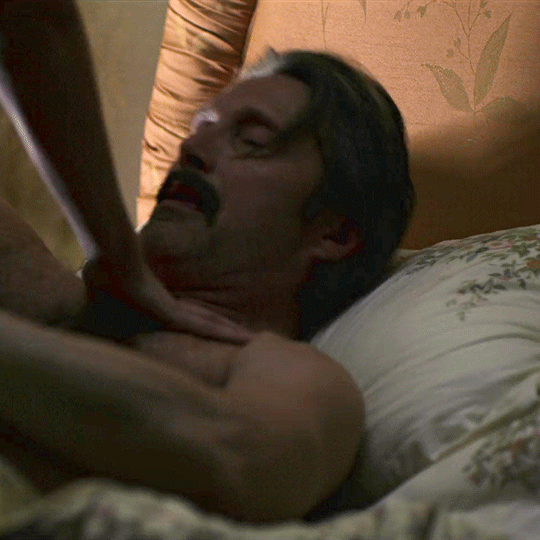

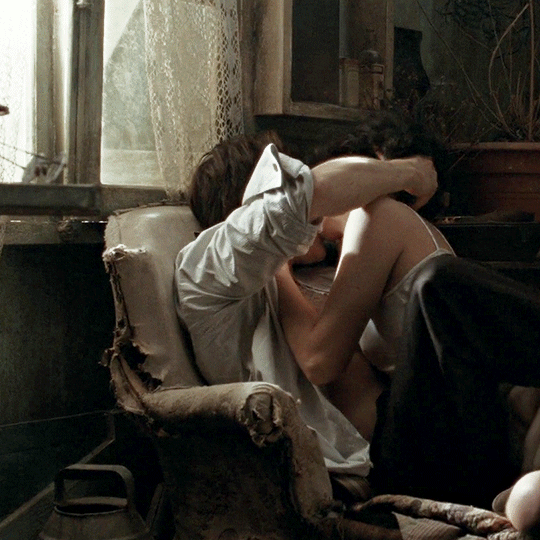
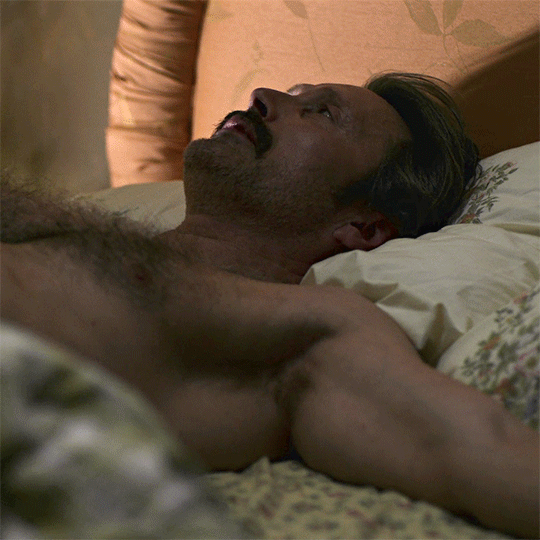
Yeah, I watch movies for the plot.
Mads Mikkelsen in POLAR (2019) and COCO CHANEL & IGOR STRAVINKSY (2009).
#i definitely did NOT turn into a puddle when making this#mads mikkelsen#polar#polar 2019#coco chanel & igor stravinksy#igor stravinsky#duncan vizla#mads mikkelsen edit#gif#*
438 notes
·
View notes
Text
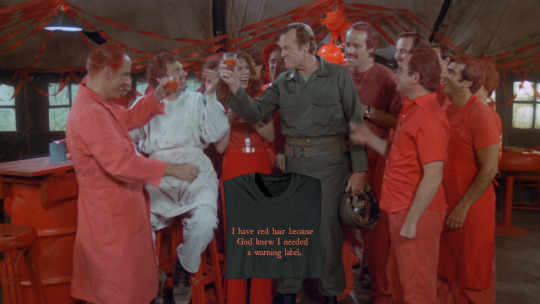





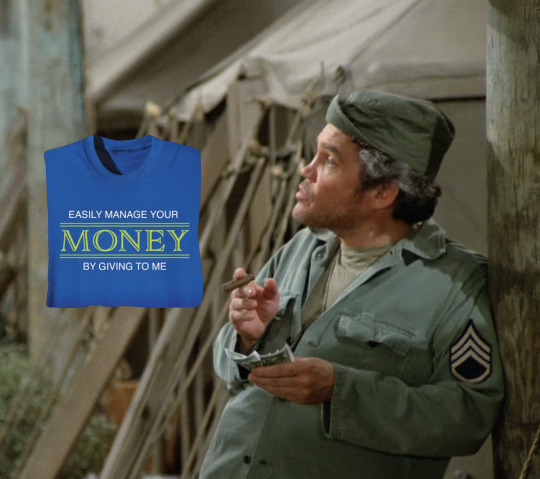
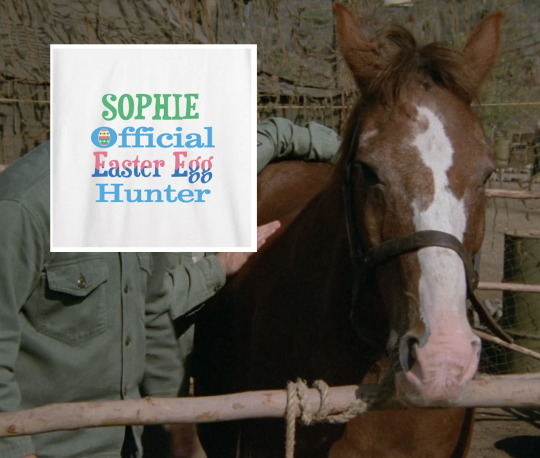


MASH + T-shirts from the What on Earth Catalog, part 2
#mash#m*a*s*h#mash 4077#margie cutler#nurse kellye#sidney freedman#sam flagg#igor stravinsky#luther rizzo#mashposting#original mash content#what on mash
78 notes
·
View notes
Photo


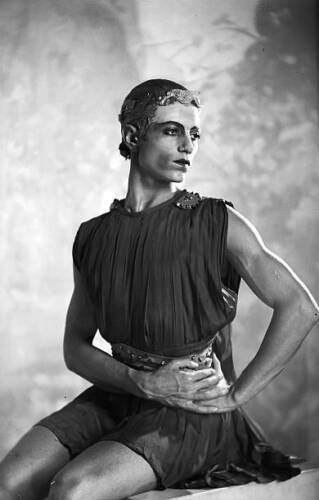

Serge Lifar in Apollon Musagète, choreographed by Balanchine in 1928 to music by Stravinsky, and with costumes by Coco Chanel, for Diaghilev's Ballets Russes
293 notes
·
View notes
Text
hi guyz
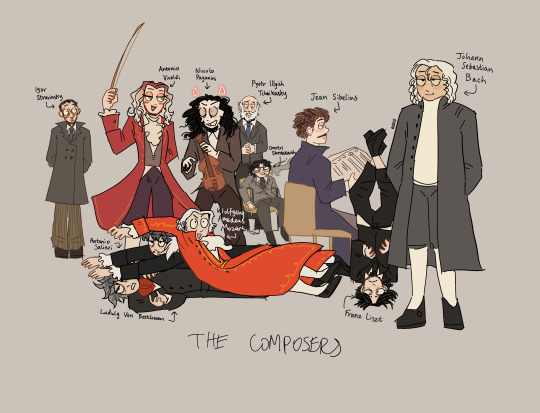
I kind of forgot to post anything, but I put together an image with some composers that I know of/like.
Guess who's my favorite :)
#classical composers#franz liszt#johann sebastian bach#bach#js bach#pyotr ilyich tchaikovsky#igor stravinsky#stravinsky#paganini#vivaldi#dmitri shostakovitch#shostakovich#beethoven#sibelius#jean sibelius#antonio salieri#salieri#wolfgang amadeus mozart#mozart#wow that's a lot of tags#i really just drew like ten composers huh
103 notes
·
View notes
Text

Igor Stravinsky by Edward Weston. 1935
98 notes
·
View notes
Text


С Рождеством🎄 от русских композиторов
#classic composers#classical composer fanart#igor stravinsky#dmitri shostakovich#sergey rachmaninoff#sergey prokofiev#pyotr tchaikovsky#rimsky korsakov#cezar cui#modest mussorgsky#aleksander borodin#mily balakirev
85 notes
·
View notes
Photo
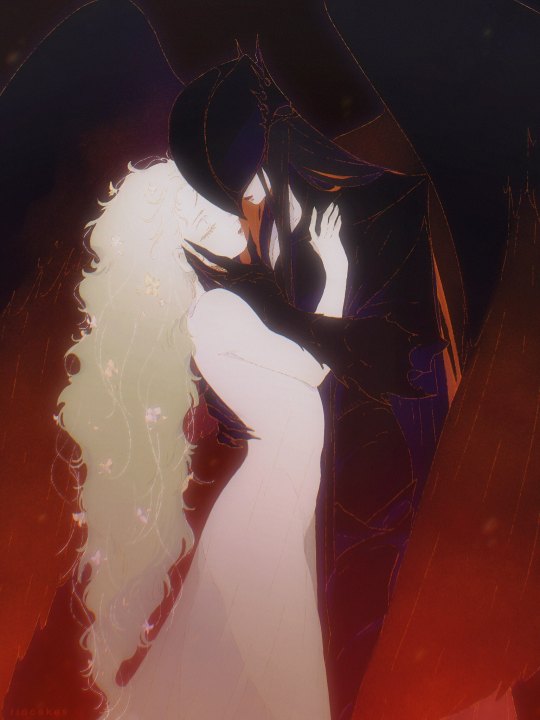
The Rite of Spring || The Firebird
#stravinsky#Firebird Suite#rite of spring#igor stravinsky#riocakes#my art#original#i looooooooooooooooooooove classical music
598 notes
·
View notes
Video
There is no beauty in Music itself, the beauty is within the listener.
- Igor Stravinsky
“The idea of The Rite of Spring came to me while I was still composing Firebird,” Igor Stravinsky recalled, 45 years after the ballet’s first performance in 1913, in his book Conversations. “I had dreamed of a scene of pagan ritual in which a chosen sacrificial virgin danced herself to death.” If Stravinsky is to be believed, this dream marked the beginning of a process that culminated in the premiere of one of the 20th century’s most important musical works.
Stravinsky’s music was meant to capture the spirit of the scenario, which he had outlined with the help of painter and ethnographer Nikolai Roerich and dancer and choreographer Mikhail Fokine during the spring and summer of 1910. Roerich had filled Stravinsky’s head with tales about all sorts of rituals from ancient Russia – divinations, sacrifices, dances, and so on – involving a variety of characters. The ballet that resulted revolves around the return of spring and the renewal of the earth through the sacrifice of a virgin. In his handwritten version of the story, Stravinsky described The Rite as “a musical choreographic work. It represents pagan Russia and is unified by a single idea: the mystery and the great surge of the creative power of spring….”
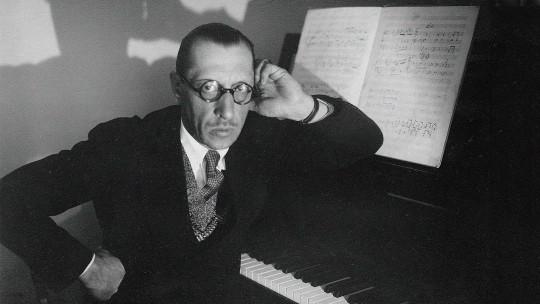
Stravinsky completed the score on 29 March 1913, and exactly two months later, the ballet premiered in Paris at the Théâtre des Champs-Élysées, where it caused the famous scandal that ushered in modern music. Nijinsky’s choreography and the wild, unchecked power of Stravinsky’s score were something wholly new. Stravinsky wrote for one of his largest orchestras ever in The Rite of Spring, and he used it with an assurance and confidence one would hardly expect from a composer just out of his twenties and with only two big successes - The Firebird and Petrushka - behind him.
But those two scores, for all of their individuality and accomplishment, did not seem like they were leading to The Rite of Spring. What Stravinsky did was totally unexpected.
The stage action during the ballet’s second half, leading up to the sacrifice, was enough to capture the attention of even that raucous audience at the first performance. Finally quiet, they could hear Stravinsky’s score and watch as Maria Piltz, the dancer who played the sacrificial victim, stood motionless as the ritual unfolded around her, gradually coming to life to perform her dance, with its angular contortions and tortured motions.

What actually happened on that scandalous night will always be a mystery to some degree, because the reports contradict each other. Was it the choreography that annoyed people, or the music? Were the police really called? Was it true that missiles were thrown, and challenges to a duel offered? Were the creators booed at the end, or cheered?
The dancer Dame Marie Rambert remembered that right at the beginning ‘a shout went up in the gallery: “Un docteur!" (Call a doctor!). Somebody else shouted louder, “Un dentiste!" (a dentist!)’. The aristocrat Harry Kessler said that people started to whisper and joke almost immediately. Stravinsky himself was so angry that he stormed out and went backstage to help the dancers keep time.

What is certain is that the audience was shocked - and with good reason. Stravinsky’s score for The Rite of Spring contradicted every rule about what music should be. The sounds are often deliberately harsh, right from opening Lithuanian folk melody, which is played by the bassoon in its highest, most uncomfortable range. The music was cacophonously loud, assaulting the ears with thunderous percussion and shrieking brass. Rhythmically it was complex in a completely unprecedented way. In the ‘Ritual of the Rival Tribes’ the music unfolds in two speeds at once, in a ratio of 3:2. And it makes lavish use of dissonance, i.e. combinations of notes which don’t make normal harmonic sense. ‘The music always goes to the note next to the one you expect,’ wrote one exasperated critic.
Then there was the dance, choreographed by Nijinsky. According to some observers this was what really caused the scandal at the first night. When the curtain rose the audience saw a row of ‘knock-kneed and long-braided Lolitas jumping up and down’ as Stravinsky called them, who seemed to jerk rather than dance. Classical dance aspired upwards, in defiance of gravity, whereas Nijinsky’s dancers seemed pulled down to the earth. Their strange, stamping movements and awkward poses defied every canon of gracefulness.

Both the music and the dance of The Rite of Spring seemed to deny the possibility of human feelings, which for most people is what gives art its meaning. As Stravinsky put it, ‘there are simply no regions for soul-searching in The Rite of Spring’. This is what separates it so decisively from Stravinsky’s hit of 1911, Petrushka. There we’re immersed in a human world, which exudes the very specific cultural ambience of Russia. It’s true that the main characters are puppets, rather than rounded human beings. But they have characters, even if they’re somewhat rudimentary, and at the end there’s even a suggestion that Petrushka might have a soul.
* Pina Bausch's interpretation of Stravinksy's Rite. A masterpiece of modern dance.
#stravinsky#igor stravinsky#quote#music#composer#rites of spring#dancer#ballet#ballerinas#dancers#dance#paris#controversial#modern music#modernism#beauty#aesthetics#polytonal#performance#pina bausch#modern dance
161 notes
·
View notes
Text

Igor Stravinsky checking his scores at Columbia Records in NYC, 1957. Photo by Dennis Stock.
52 notes
·
View notes
Text

Igor Stravinsky, June 17, 19982 – April 6, 1971.
1927 photo by George Hoyningen-Huene.
125 notes
·
View notes
Text
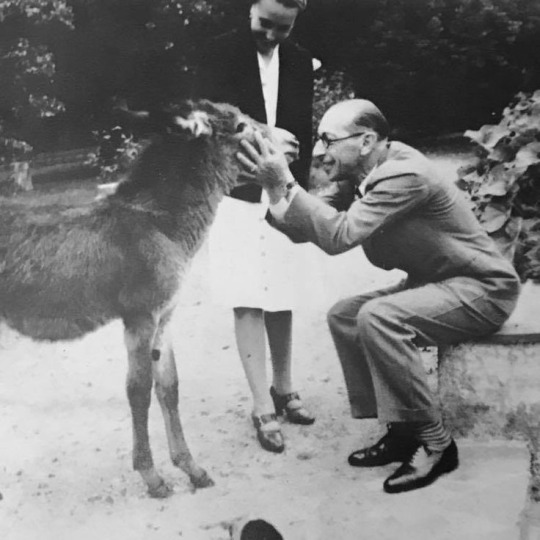
IGOR STRAVINSKY being silly and petting a donkey.
(Igor-posting today because he’s such a mood)
41 notes
·
View notes
Text
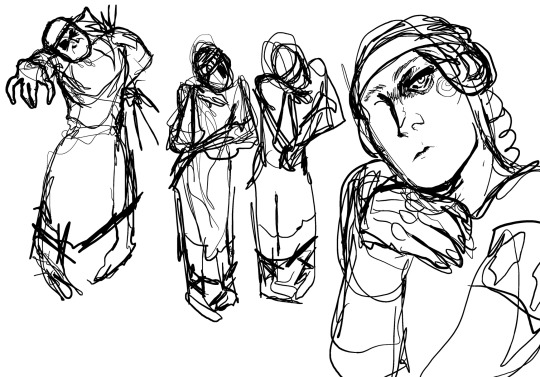

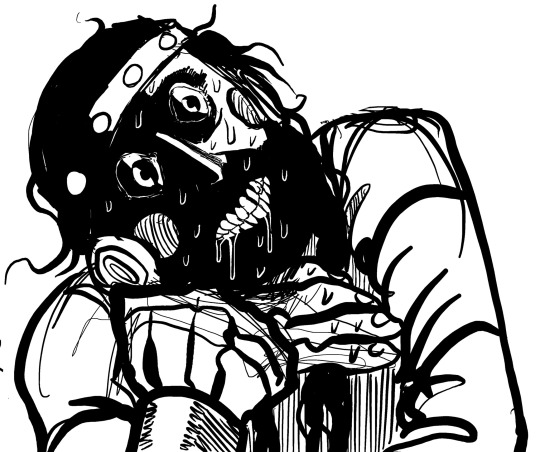
rite of spring gesture drawings of the choreography from the les augures printaniers + danse sacrale (l'élue) bits
33 notes
·
View notes
Photo
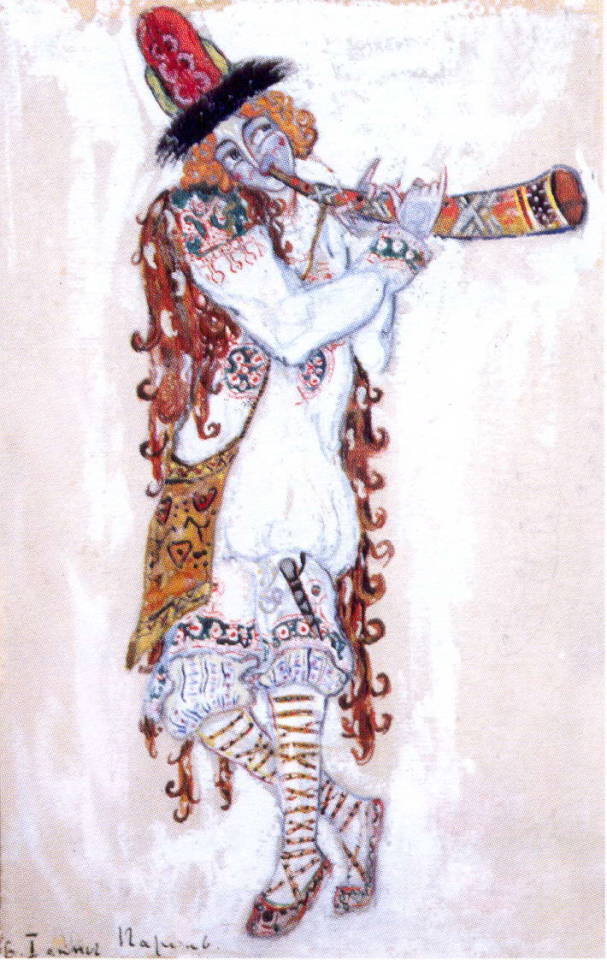

Costume designs for Stravinsky’s The Rite of Spring, Nicholas Roerich, 1913.
#ballets russes#igor stravinsky#the rite of spring#nicholas roerich#russian art#character design#gouache illustration#russian folk art#russian folk costume#theater design#costume design#art#my post
165 notes
·
View notes
